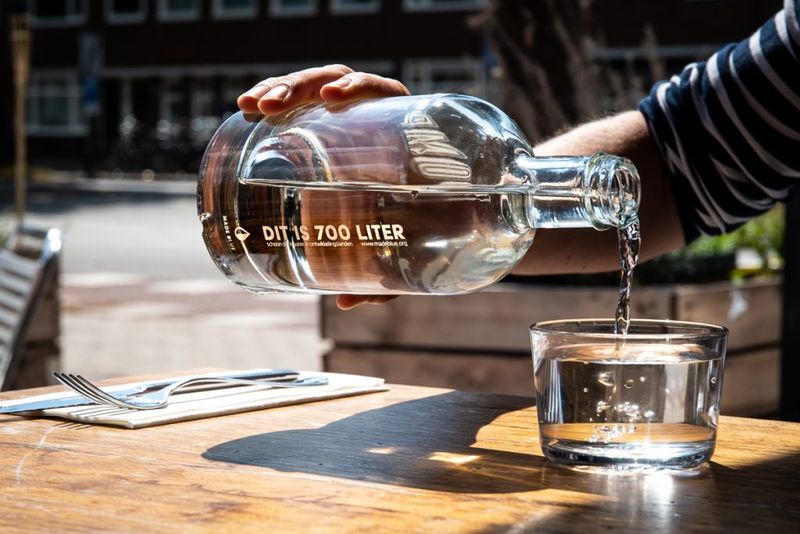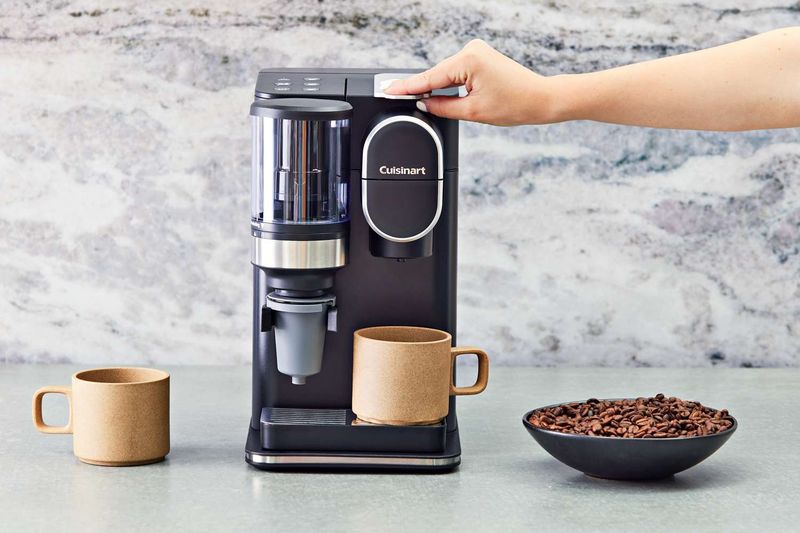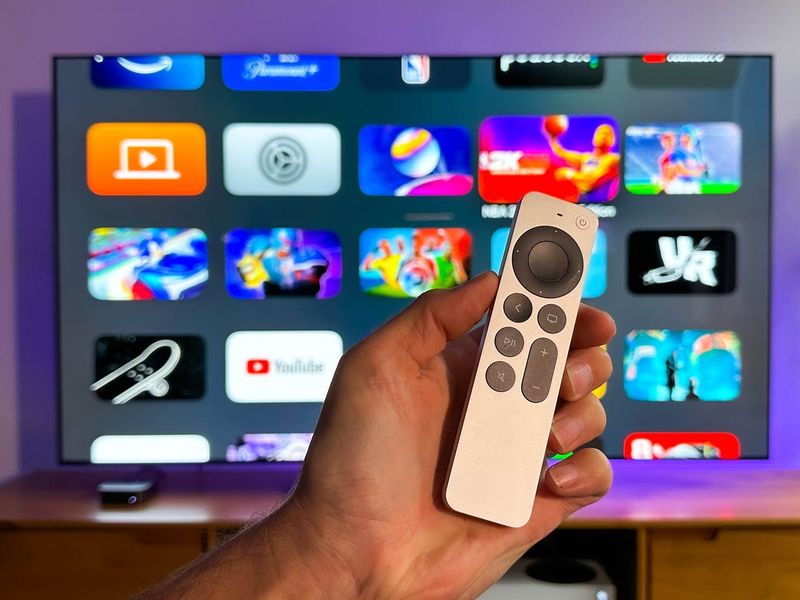Growing up with financial constraints instills a unique sense of value towards money. Those who have experienced poverty often develop habits that help them avoid unnecessary expenditures. In this blog post, we explore nine things that people who grew up poor typically never waste money on. From daily essentials to entertainment, these lessons in frugality are both practical and insightful.
1. Bottled Water

Why spend money on bottled water when the tap offers what you need? Many who grew up poor see bottled water as a luxury rather than a necessity. With a focus on practicality, they turn to tap water, often investing in a good filter if needed.
This habit not only saves money but also reduces plastic waste. Tap water is often just as clean, especially in countries with stringent water quality standards.
Choosing tap over bottled is an easy way to cut down on expenses and promote sustainability.
2. Brand-Name Products

Choosing generic over brand-name products is a common practice among those raised in poverty. The allure of flashy packaging doesn’t outweigh the logic of saving money.
Generic products often offer the same quality as their branded counterparts, making them a smart choice for budget-conscious shoppers.
This method of shopping extends from groceries to household items, ensuring that the savings add up over time without compromising on quality.
3. Eating Out

For many who grew up poor, dining out is seen as an occasional treat rather than a daily habit. Home-cooked meals are both economical and provide an opportunity to bond with family.
Cooking at home allows you to control ingredients, ensuring healthier meals while spending less. The joy of creating a meal from scratch can be immensely satisfying.
This habit not only saves money but also promotes a healthier lifestyle, making it a win-win situation.
4. Trendy Fashion

Fashion trends come and go, but those who grew up poor know the value of timeless pieces. Instead of chasing fleeting trends, they opt for durability and versatility.
Thrift stores and sales become treasure troves for finding quality clothing at a fraction of the cost. This approach not only saves money but also supports sustainable fashion practices.
Investing in classic, long-lasting apparel over trendy pieces ensures that your wardrobe remains stylish and practical.
5. Expensive Coffee

Fancy coffee shops can drain pockets quickly, a lesson well-learned by those who grew up poor. Brewing coffee at home becomes an art, offering both savings and satisfaction.
With a modest investment in a coffee maker, mornings start with the perfect cup, sans the hefty price tag.
It’s a daily ritual that values simplicity and offers a comforting start to the day without unnecessary expenditure.
6. Latest Gadgets

Chasing after the latest tech gadgets can be costly, a reality familiar to those raised with financial struggles. Functionality trumps flashiness, as long as the device works well.
Upgrading only when necessary ensures that money isn’t wasted on features that aren’t needed. Gadgets are used until they no longer function effectively.
This approach to technology is both cost-effective and environmentally friendly, reducing electronic waste over time.
7. Luxury Vacations

For those who grew up poor, luxury vacations are often replaced by local adventures and staycations. Exploring nearby destinations offers enriching experiences without the hefty price tag.
Emphasizing connection with nature and community, these simple trips create lasting memories.
Adopting a mindset that values experience over extravagance ensures that vacations remain enjoyable and affordable.
8. Cable TV Subscriptions

In an age where streaming dominates, cable TV feels like an unnecessary expense, especially to those with a frugal mindset.
Cutting the cord leads to savings while still enjoying a variety of entertainment options. Streaming services offer flexibility, allowing users to select what they want to watch without paying for channels they don’t use.
This shift not only reduces costs but also increases viewing freedom, aligning with budget-conscious living.
9. Gym Memberships

Gym memberships can be costly, leading many from low-income backgrounds to find alternative fitness routes. Outdoor workouts, home routines, or community classes provide free or low-cost options.
Exercising outside offers the added benefit of fresh air and connection with nature, making fitness enjoyable and accessible.
This frugal approach ensures that staying fit doesn’t require breaking the bank, turning exercise into a creative and adaptable lifestyle choice.

